Challenges with mental health content on TikTok
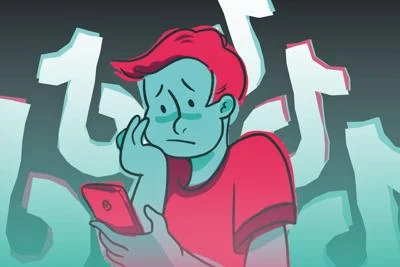
June 1, 2023
Recently my mom confessed to me that “if social media had been around when I was teenager, I don’t know how my mental health would have survived it,”. Being a teenager is an arguably tumultuous time, with an abundance of changes both within our bodies as well as our surroundings. All this growth, change, and at times instability has historically made the demographic of adolescents in society especially vulnerable to suffer from various struggles with their mental health. Examples of such mental health struggles that have emerged for many in their adolescence include depression, anxiety, body dysmorphia, and intense mood swings. As a population so highly susceptible to suffering from numerous issues, the rise of social media and the internet has only exacerbated these problems amongst teens.
The trend of self-diagnosing, when an individual aligns themselves with a particular mental health diagnosis without the knowledge or assistance from a mental health professional, can be an extremely harmful practice. There are numerous reasons why self diagnosing is an issue, with the most common being that it causes many to incorrectly diagnose themselves, and ultimately others, with disorders that they are not actually suffering from. When one looks up the symptoms for Generalized Anxiety Disorder on Google, a plethora of very surface level symptoms may come up such as fatigue or trouble concentrating. The issue with the numerous websites providing symptoms for various diagnoses, is that even if the said symptoms can indicate a particular issue, that does not mean they necessarily do. Every human being has gone through periods of depression, but that does not necessarily mean that they have Major Depressive Disorder. In a New York Times article where licensed marriage and family therapist Annie Barsch was interviewed, Barsch highlights that “People go, ‘Well, if I have the symptom, I have to have the disorder’ — but it’s not that kind of relationship.” Barsch gives the example of many people claiming they have OCD when they are simply a person who needs a lot of structure and organization, whereas a person actually suffering from OCD “cannot function because of their compulsions.”
The trend of self diagnosing is extremely present in the numerous mental health communities on Tik Tok, and has led to other issues within them to emerge. Personally, I have seen numerous videos with topics such as “10 Signs you have ADHD,” or “I bet you didn’t know this is a sign you have (insert diagnosis here),” moving away from simply self diagnosing, to diagnosing others without the proper knowledge to do so factually. The majority of those making this content are not licensed mental health professionals; in fact some are even teenagers themselves. High level officer at the American Psychological Association Mitch Prinstein claims that when it comes to Tik Tok “It’s incredibly easy to misdiagnose,” as what is a symptom for a particular diagnosis for an adult, may not be the same for a child or adolescent. However despite the blatant misinformation, many teens are opting to get their mental health advice, diagnoses, and information from Tik Tok over licensed professionals.
A common trend amongst teens has been to strongly associate themselves with a diagnosis, fully convincing themselves they suffer from something, even if they have never received a formal evaluation or diagnosis. Many therapists have detailed situations in which teenagers will come in to see them with a long list of diagnoses they have given themselves based solely on symptoms they have seen online. Not only is this an issue because it creates a situation where teens feel the need to categorize every mental health symptom they have into an official diagnosis, but it also encourages young people to use a diagnosis to define who they are, rather than just a part of who they are.
Mental health communities on Tik Tok can be defined as a collective of individuals which nearly all their content and interactions focus on discussions and topics surrounding Mental Health. Beyond the misdiagnosing, self-diagnosing, and general disregard for professional advice, another major issue within many of the mental health communities on Tik Tok is the way diagnosis become trends and/or are aestheticized. Numerous subcultures/aesthetics have emerged within these communities glamorizing the way we look at certain mental illnesses turning them into something almost desirable. A recent trend has been the Coquette Girl aesthetic, the idea of being a hyper-feminine, flirtatious, and regal, has further idealized having a slim figure, leading to the promotion of certain eating disorders. Another example has been the subculture glamorization of using various substances such as alcohol or marijuana. Substance use issues/disorders tend to be glamorized on Tik Tok by presenting substances as “cool” or something every “normal” teen should partake in, adding to the already existing peer pressure teens experience around engaging in these risky behaviors. The idea that using such substances is proper treatment, or rather a good distraction, from a teen’s personal mental struggles is echoed constantly on the platform, creating a culture of encouragement around drug use.
While there are many problems within the various mental health communities and subcultures on Tik Tok, it would be wrong to not mention some of the benefits. First and foremost, developing communities of people all struggling from the same (professionally diagnosed) illness can be extremely helpful to those who are suffering. Mental health disorders and illnesses can make teens feel incredibly isolated and “othered” from those around them, so to have the ability to find and connect with others going through exactly what they are, can be extremely comforting. Another benefit is that these communities increase awareness of various mental health struggles that many people otherwise may not know about. This allows for not only the allies of those struggling to be more educated, helpful and supportive, but also creates motivation for individuals to get better and take care of themselves.
Being called “digital fentanyl” by GOP Rep. Mike Gallagher of Wisconsin, there has been a backlash towards Tik Tok for, according to CNN, purposely promoting “potentially harmful content related to suicide and eating disorders to teenagers within minutes of them creating an account,”. Recently Tik Tok as a corporation has been under fire, facing possible bans by lawmakers due the way the platform is “causing a youth mental health crisis,” with its largely uncensored content, and algorithm promoting videos to young people that could be potentially harmful to their mental health. Therefore, it is more important than ever to educate and emphasize professional aid, assistance, and diagnosing above all else. In an age where an abundance of information is available on mental health at our fingertips, it is crucial that we as a society regulate it, and prevent the spread of misinformation to our youth. As social media platforms continue to evolve and change, we must continue to protect, properly educate, and care for the adolescents who use it in their daily lives.


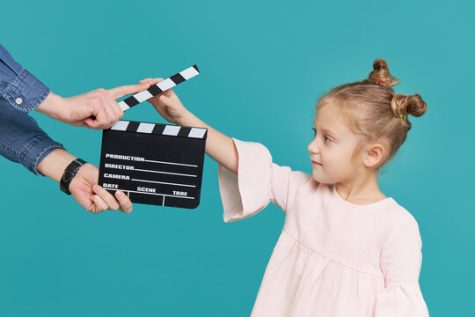
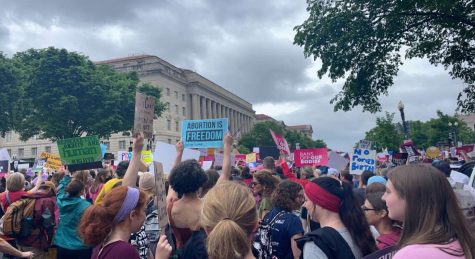
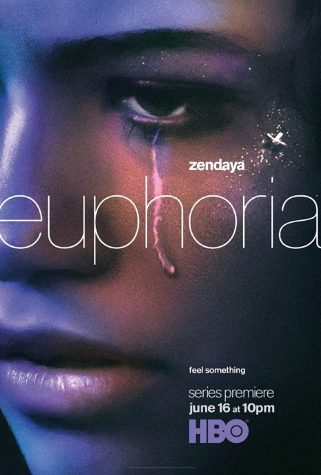
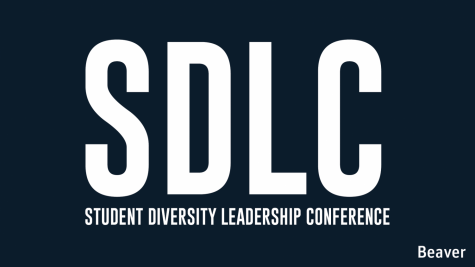
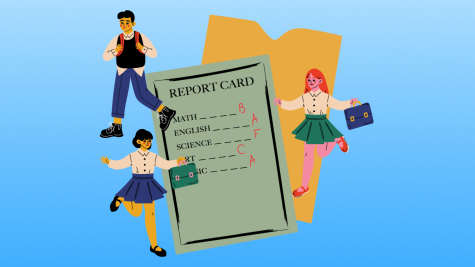
Eduardo Polón • Jun 13, 2023 at 6:21 am
I found this to be well researched, referenced and written. As a member of Generation X, for whom the landscape of social media has created a significant digital divide, I appreciate the opportunity to learn from you. Thank you.